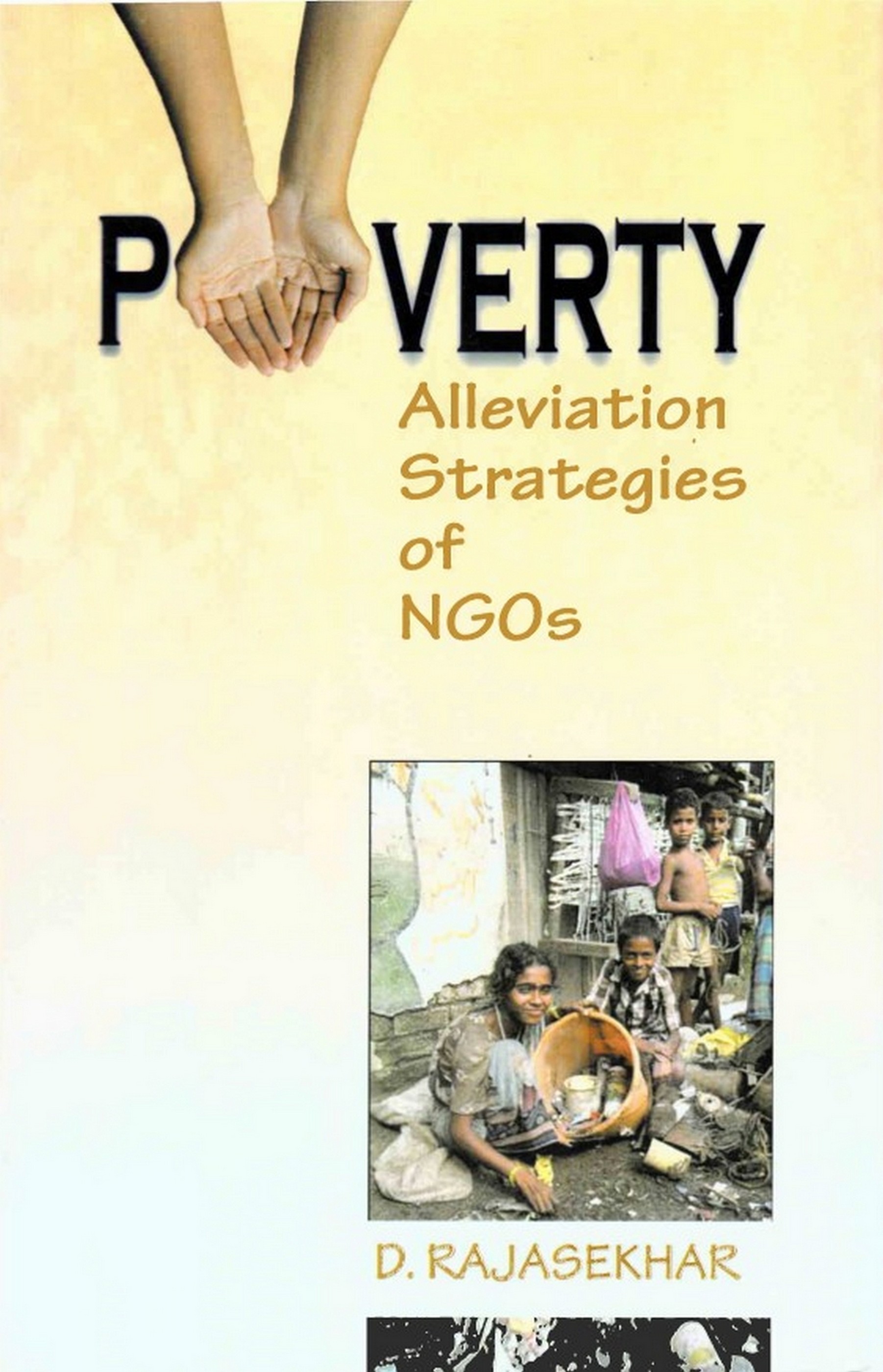This book deals with the political phenomenon of spatial fragmentation which has acquired new meaning in recent years. The primary concern of the work has been to identify the process of spatial fragmentation in the political behaviour of the Indian people as evident in the Lok Sabha Elections of 1971, 1977 and 1980. It analyses the phenomenon through the patterns observed in party victories, their relative strength from constituency to constituency and from time to time, swings in the votes polled by the parties and consistency in party following. An attempt has been made to identify the geographic patterning of party domains and to analyse the implications of the emergent pattern of voting behaviour. It also analyses the phenomenon of the operation of centrifugal forces in the Indian polity and develops an index to measure these tendencies in quantitative terms. This work helps significantly in developing an insight into the genetic relationship between the political behaviour of the electorate and the plurality of the Indian polity. While reference has been made to the various facets of this relationship at different places in the text, this book highlights the need for more rigorous probes into this area.












